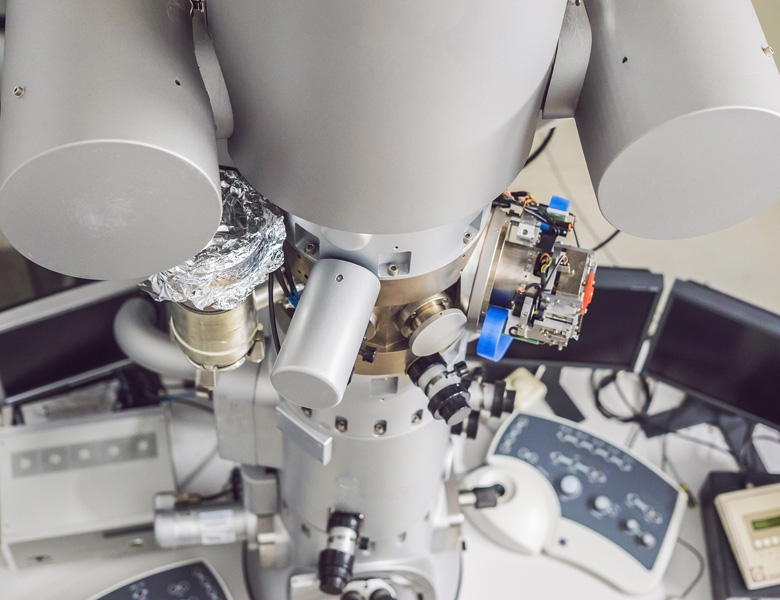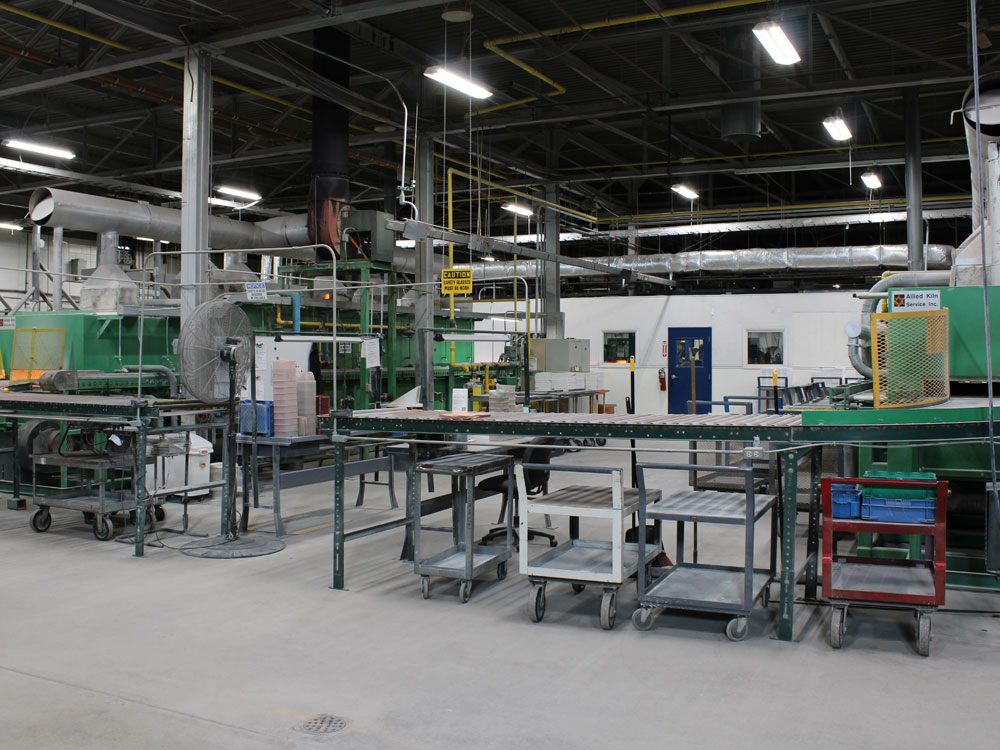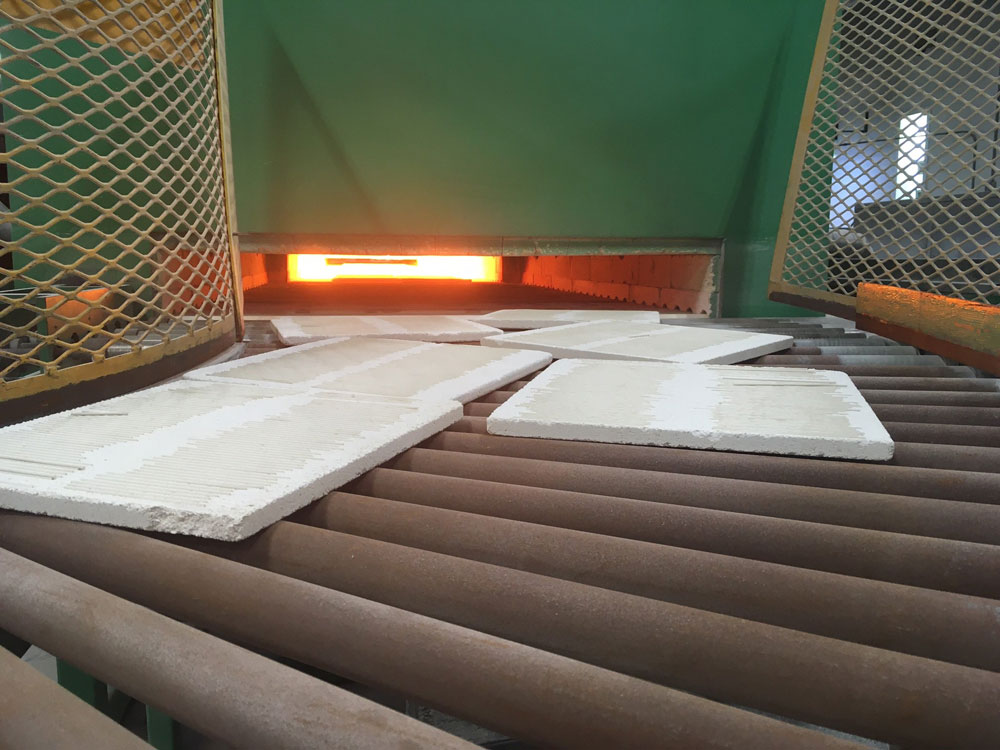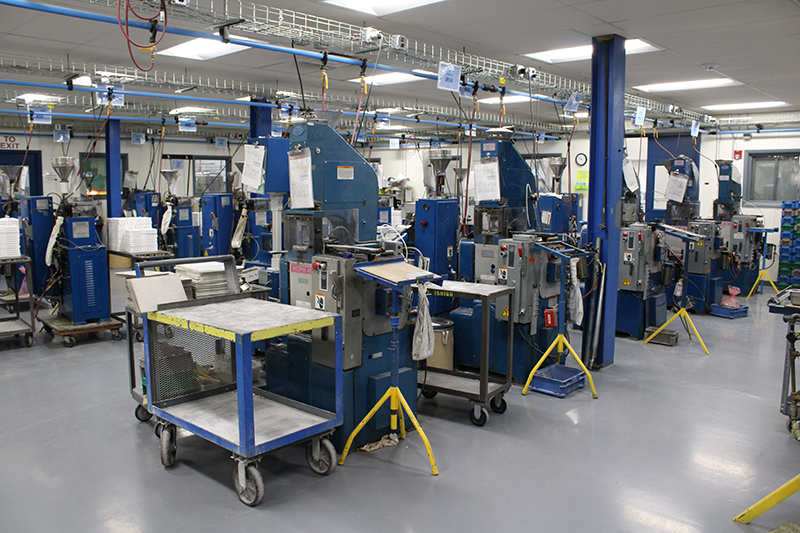Advanced Ceramics in the Semiconductor Industry
December 29, 2021
The Future of Advanced Ceramic Manufacturing at GBC Advanced Materials
August 2, 2024Advanced Ceramics in
Instrumentation and Scientific Equipment
Moore’s Law makes the news, but there is more to advancing technology than faster microprocessors and more powerful computers.
The idea that the speed and capacity of computers doubles every two years has been around since 1956, and it has proven largely true. However, it ignores the parallel development of advanced ceramics and their contribution to the cutting-edge of scientific instrumentation and laboratory equipment.
Electrically insulating, non-conductive, and chemically stable, precision ceramic materials are used to make terminals, connectors, threaded fasteners (standoffs), dielectric voltage capacitors, and much more in uses ranging from the latest scanners to highly sensitive analytical tools.
Science relies on technical ceramics for high-end equipment and instrumentation. Examples include electron microscopes, mass spectrometers, and differential scanning calorimetry (DSC).
Medicine puts ceramic components to use in pressure sensors, pacemakers, and MRI scanners, just to name a few.
Why Precision Ceramics?
What are the qualities of modern, technical ceramics that put them in such high demand for state-of-the-art instrumentation and equipment? Ceramics possess inherent qualities that set them apart, including chemical inertness, corrosion resistance, low heat and electrical conductivity, hardness, and physical stability.
Ceramics’ ability work in a vacuum under extreme electrical conditions make them an excellent choice for all types of scientific equipment.
Long lasting and hard-wearing ceramics can also be shaped and sized to fit almost any specification imaginable through processes like hard grinding, sintering, extrusion, and polishing & lapping.
When it comes down to it, precision ceramics have demonstrated better performance than many high-quality alloys and polymer materials. Because precision ceramics can be formed from unique and often proprietary powder formulas, their list of benefits and uses continue to improve. Like Moore’s Law of ever advancing processing power, new forms of and uses for technical ceramics are constantly evolving.
Helping Science Discover New Solutions
Ceramic materials are often used in high powered laser systems because of the steep thermal gradients generated in laser operations. In many use cases, ceramic materials are a superior alternative to glass and single crystals in laser generation.
Alumina ceramics are used in high-precision filling pumps used in laboratory environments. Alumina ceramics are chosen for the demanding precision in laboratory instrumentation because of their ability to endure continuous operations without wear, high filling precision, and ease of cleaning.
Quadrupole rod components used in gas analyzers, plasma diagnostics, and surface analysis testing are crafted using precision ceramics. These ceramics are a preferred solution due to the wide range of diameters and surface finishes possible. They can also be manufactured to very exacting tolerances of straightness, roundness, and size.
The more complex the science, the greater the need to innovations in precision ceramics. Some applications include electromagnetic lens supports, gas chromatograph components, high voltage insulators in X-ray devices and electron microscopes, vacuum breaks, coil supports, and more.
Manufacturing Expertise and Reliability
At GBC Advanced Materials, we have the expertise, production capabilities, and efficient workflow needed to deliver the critical ceramics parts needed by today’s scientific device and instrumentation manufacturers. Our capabilities include:
- ISO Pressing (including Mechanical Pressing and Cold Isostatic Pressing)
- Green Manufacturing (delivering closer near net dimensions, reducing post-fired/grinding costs and lead times.
- Sintering (applied to a powder compact in order to impart strength, integrity and densification)
- Hard Grinding (precision removal of material resulting in improved surface finishes and precise geometries)
- Extrusion (cross-sectional shapes to create tubes of all shapes and sizes)
- Polishing & Lapping (producing dimensionally accurate specimens to high surface and roughness requirements)
Visit our Capabilities Page to learn more.
Why Choose GBC Advanced Materials?
We are chosen by clients in a variety of industries for our low tooling cost, reduced lead times, lower material and machining costs, but most especially for our 30+ years of experience in machining engineered ceramics and specialty materials.
For some of the fastest turnaround times in the industry, state-of-the art materials, and exceptional quality in precision ceramics, email GBC materials at Sales@GBCMaterials.com or visit our Contact Us page today.








